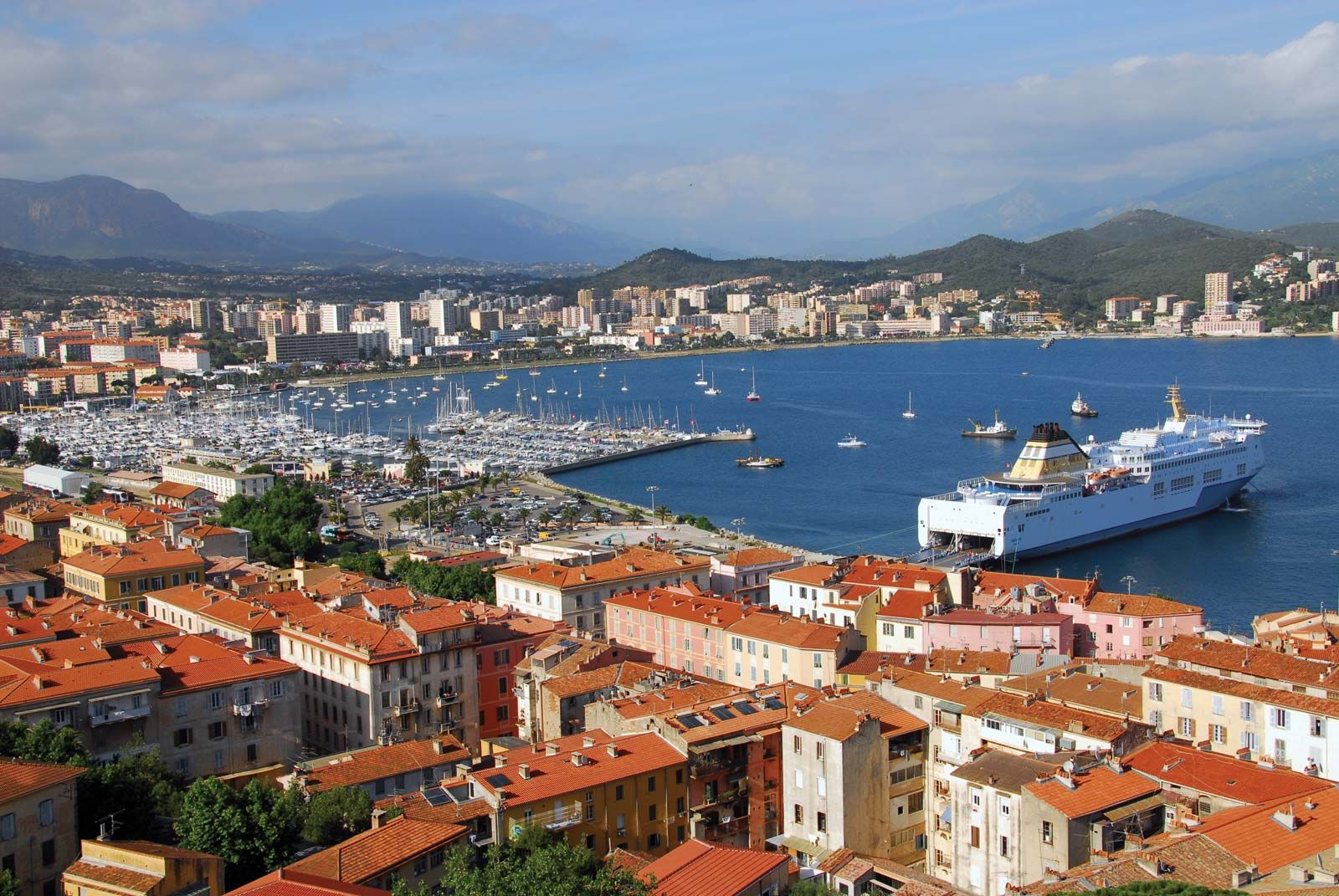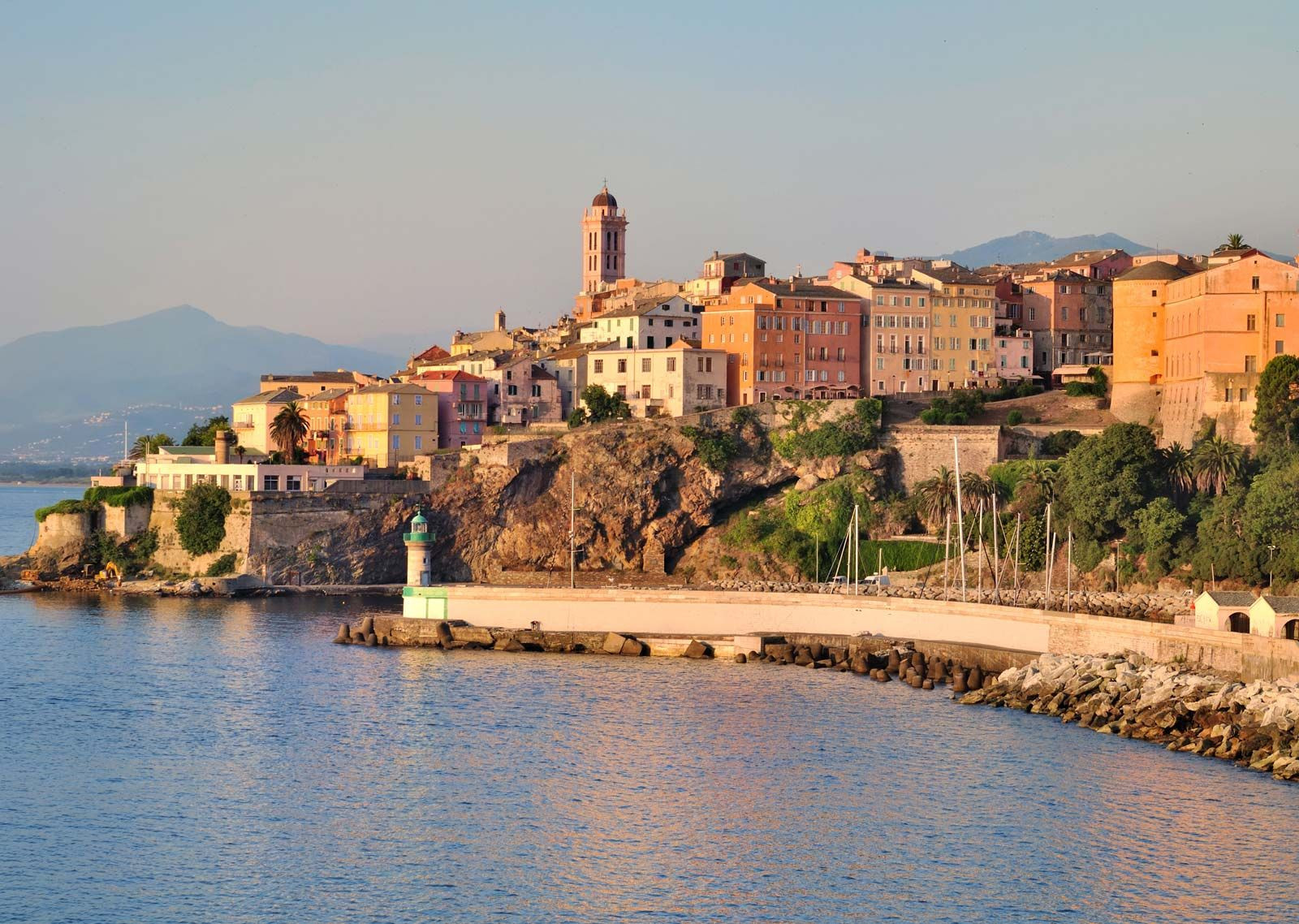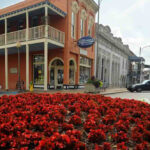Corsica, an island of captivating beauty and rich history, often sparks curiosity about its precise location. Nestled in the heart of the Mediterranean Sea, this French territorial collectivity holds a unique geographical position that has shaped its identity and allure for centuries. If you’ve ever wondered, “Where Is Corsica located?” prepare to embark on a journey to pinpoint this stunning island and discover what makes its location so significant.
Geographical Location of Corsica
Corsica is strategically situated in the Mediterranean Sea, west of Italy, southeast of the French mainland, and just north of the island of Sardinia. To be precise, Corsica lies approximately 105 miles (170 kilometers) from the southern coast of France and about 56 miles (90 kilometers) from the northwestern shores of Italy. Separating Corsica from its southern neighbor, Sardinia, is the Strait of Bonifacio, a narrow passage of water spanning a mere 7 miles (11 kilometers). This central Mediterranean location places Corsica at a crossroads of cultures and influences, contributing to its distinctive character.
 Harbour of Ajaccio, Corsica, France
Harbour of Ajaccio, Corsica, France
Corsica’s Political Affiliation: Part of France
While geographically close to Italy, Corsica is politically part of France. It is officially designated as a “territorial collectivity” of France, granting it a unique status with greater autonomy compared to other French regions. This affiliation means that despite its island identity and proximity to Italy, Corsica operates under French governance, laws, and administration. Understanding this political context is crucial when considering “where is Corsica” in terms of national belonging.
Corsica’s Landscape and Geography
The geography of Corsica is as dramatic as its history. Characterized by its mountainous terrain, approximately two-thirds of the island is dominated by an ancient crystalline massif that runs along a northwest-to-southeast axis. This mountainous spine boasts over 20 peaks exceeding 6,500 feet (2,000 meters), with Mount Cinto reaching a majestic height of 8,890 feet (2,710 meters). These imposing mountains cascade westward, creating a coastline punctuated by steep gulfs, towering cliffs, and prominent headlands. In contrast, the eastern side of the island features broken escarpments leading down to extensive alluvial plains and a lagoon-indented coast. This diverse topography, from rugged mountains to fertile plains, is a defining feature of “where is Corsica” geographically.
Climate and Vegetation in Corsica
Corsica enjoys a Mediterranean climate, characterized by mild, wet winters and warm, dry summers, particularly along the coast. Average winter temperatures hover around 51°F (10.5°C), while the rest of the year sees temperatures around 60°F (15.5°C). Summer in coastal cities like Ajaccio averages a pleasant 70°F (21°C). Precipitation is abundant, averaging about 35 inches (880 mm) annually, with higher elevations receiving even more rainfall.
This favorable climate nurtures luxuriant vegetation across the island. Much of Corsica is blanketed in maquis, a fragrant scrubland composed of aromatic shrubs, alongside holm oak and cork oak trees, especially in the south. The maquis’s distinctive scent, carried by sea breezes, has earned Corsica the evocative nickname “Scented Isle.” Chestnut forests thrive at slightly higher altitudes, and the Corsican pine (Pinus corsicanus) dominates the higher elevations. Forests cover approximately one-fifth of the island, adding to its natural beauty.
Key Cities and Population Centers in Corsica
The primary urban centers of Corsica are Bastia and Ajaccio, both situated along the coastline. These two cities are home to roughly half of the island’s population. Ajaccio serves as the capital of Corsica, while Bastia is a major port and commercial hub. Northern Corsica’s Balagne region, historically known as the “Garden of Corsica,” also boasts a relatively dense population. In contrast, rural villages, often perched at elevations between 650 and 2,600 feet (200 and 800 meters), are sparsely populated due to historical migration towards the coast and mainland France. Understanding the distribution of cities like Ajaccio and Bastia helps to further define “where is Corsica” in terms of human geography.
 Bastia, northeastern Corsica, France
Bastia, northeastern Corsica, France
Corsica’s Rich History and Culture
Corsica’s central Mediterranean location has made it a crossroads of history and culture. From ancient Greek settlements around 560 BCE to Roman rule, and through periods of Byzantine, Pisan, and Genoese influence, Corsica’s past is a tapestry of diverse civilizations. Genoese rule lasted until 1729, followed by a period of Corsican independence under Pasquale Paoli, before Corsica became part of France in 1769, the same year Napoleon Bonaparte, perhaps Corsica’s most famous son, was born in Ajaccio. This complex history has shaped Corsican culture, which retains a distinct identity with its own dialect, Corsu, and unique traditions, even while being part of France. Exploring Corsica’s history further enriches the understanding of “where is Corsica” in a historical and cultural context.
Conclusion
“Where is Corsica?” is a question that leads to the discovery of a Mediterranean jewel with a compelling geographical identity. Positioned strategically in the Mediterranean Sea, close to both France and Italy, Corsica is a French territorial collectivity boasting a unique blend of natural beauty, rich history, and cultural distinctiveness. From its mountainous heartland to its stunning coastline, and from its vibrant cities to its traditional villages, Corsica’s location is fundamental to understanding its character and appeal as a captivating destination.

